```html
The Vision Pro Revolution: How It's Putting Developers Under Pressure
Introduction
The emergence of Apple's Vision Pro headset marks a significant leap in the realms of augmented reality (AR) and virtual reality (VR). As a device that seamlessly integrates AR and VR, the Vision Pro introduces new opportunities and challenges for developers. While it promises to revolutionize user experiences, it also places mounting pressure on developers to adapt and innovate at an unprecedented pace.
The Vision Pro: A New Era of Mixed Reality
The Vision Pro is designed to offer a highly immersive experience, blending digital and real-world elements through its advanced AR and VR capabilities. Key features such as high-resolution displays, spatial audio, and eye and hand tracking create a platform that demands sophisticated and high-quality applications. This calls for developers to elevate their creativity and technical prowess to meet the expectations set by such a groundbreaking device.
Increased Demand for High-Quality Content
With the Vision Pro's advanced capabilities, there is an increased demand for high-quality, immersive content. Developers must now consider factors such as spatial sound design, realistic 3D environments, and intuitive gesture-based controls. This demand places pressure on developers to not only create engaging content but also ensure it aligns with the device’s technical specifications and user experience standards.
Complexity of Mixed Reality Development
Developing for a mixed-reality device like the Vision Pro involves a complex blend of skills in software engineering, graphic design, and user interface design. Developers must become adept at creating seamless transitions between AR and VR experiences, managing real-time data processing, and optimizing performance for the Vision Pro's hardware. The complexity of these tasks can be daunting, particularly for developers new to AR/VR technologies.
Market Competition and Innovation
The introduction of the Vision Pro has intensified competition in the AR/VR market. Developers are not only competing against each other to create standout applications but also against established brands that are rapidly advancing their own technologies. This competitive landscape requires developers to continuously innovate, pushing the boundaries of what is possible with the Vision Pro, all while maintaining high standards of quality and user engagement.
Adapting to New Development Environments
The Vision Pro requires developers to adapt to new development environments and tools provided by Apple. This transition can be challenging, especially for those accustomed to different platforms. Developers must quickly familiarize themselves with Apple's ecosystem, including its programming languages, APIs, and design guidelines, to effectively leverage the Vision Pro's capabilities.
Resource and Time Constraints
Developers often face resource and time constraints as they strive to meet the demands of Vision Pro development. Creating sophisticated AR/VR experiences requires significant investment in terms of time, talent, and technology. Small development teams, in particular, may find it challenging to keep up with the rapid pace of technological advancements and market demands.
Conclusion
The Vision Pro revolution is a double-edged sword for developers. While it opens up exciting new avenues for innovation and creativity, it also introduces significant pressure to adapt and excel in a rapidly evolving technological landscape. Developers must embrace these challenges, continuously updating their skills and knowledge to stay ahead in the competitive AR/VR market. As the Vision Pro continues to shape the future of mixed reality, developers who rise to the occasion will be at the forefront of this technological revolution.



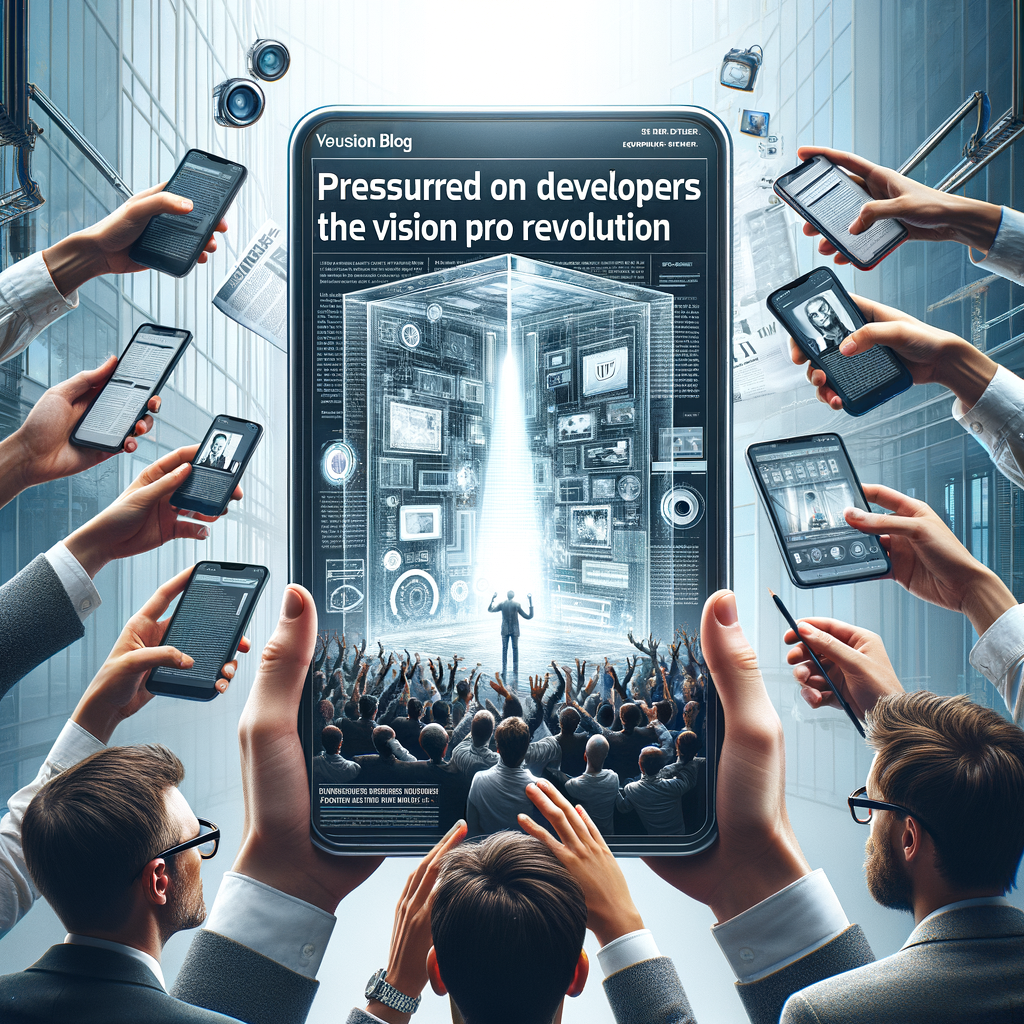
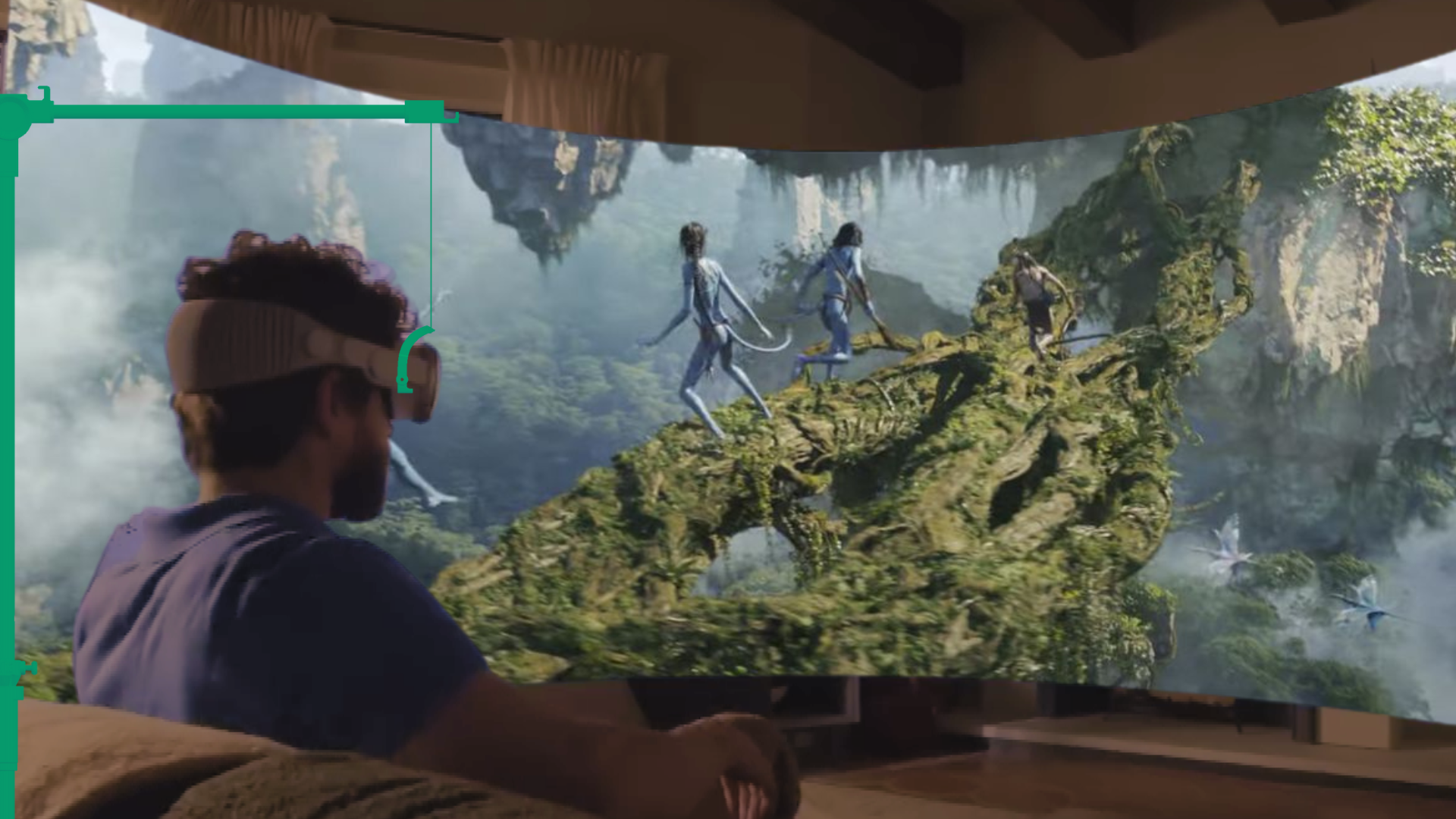

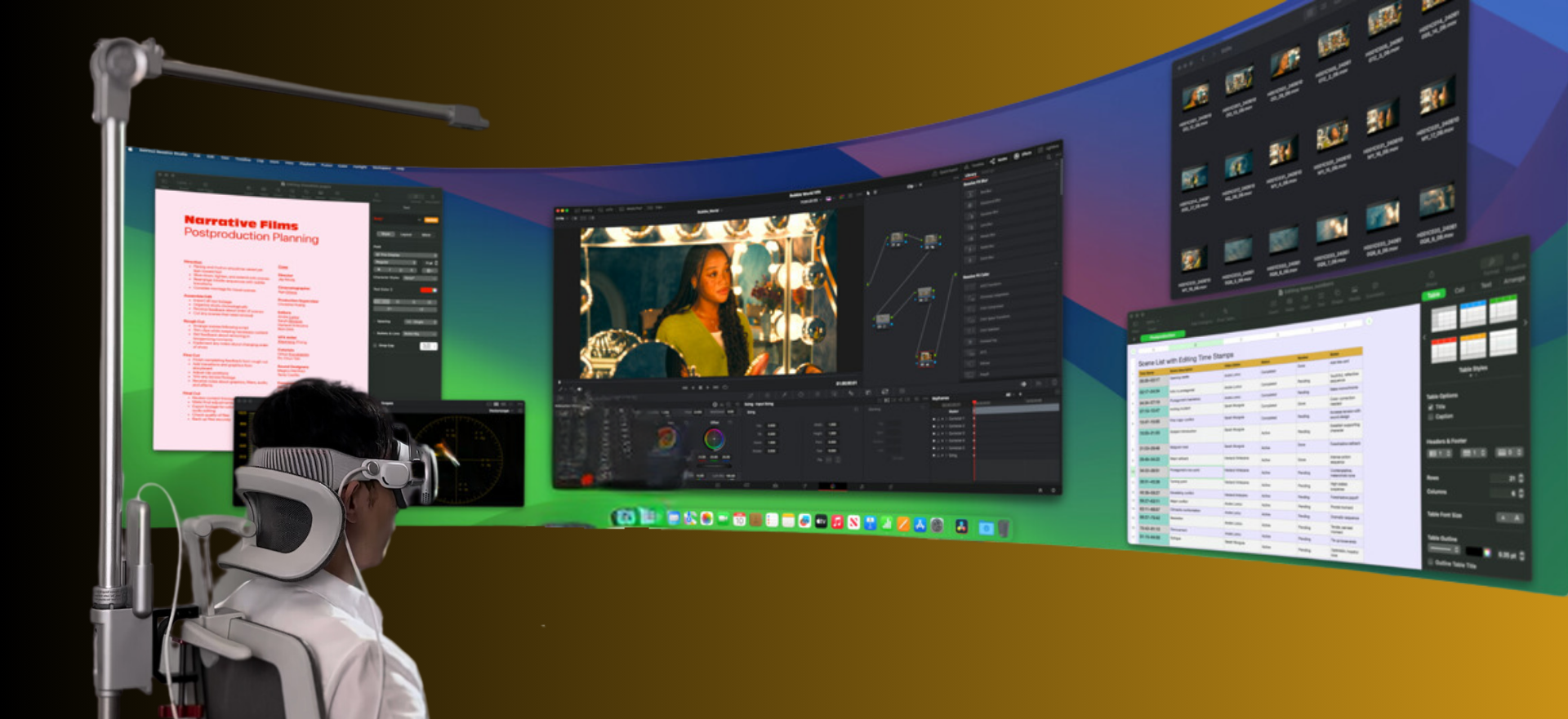
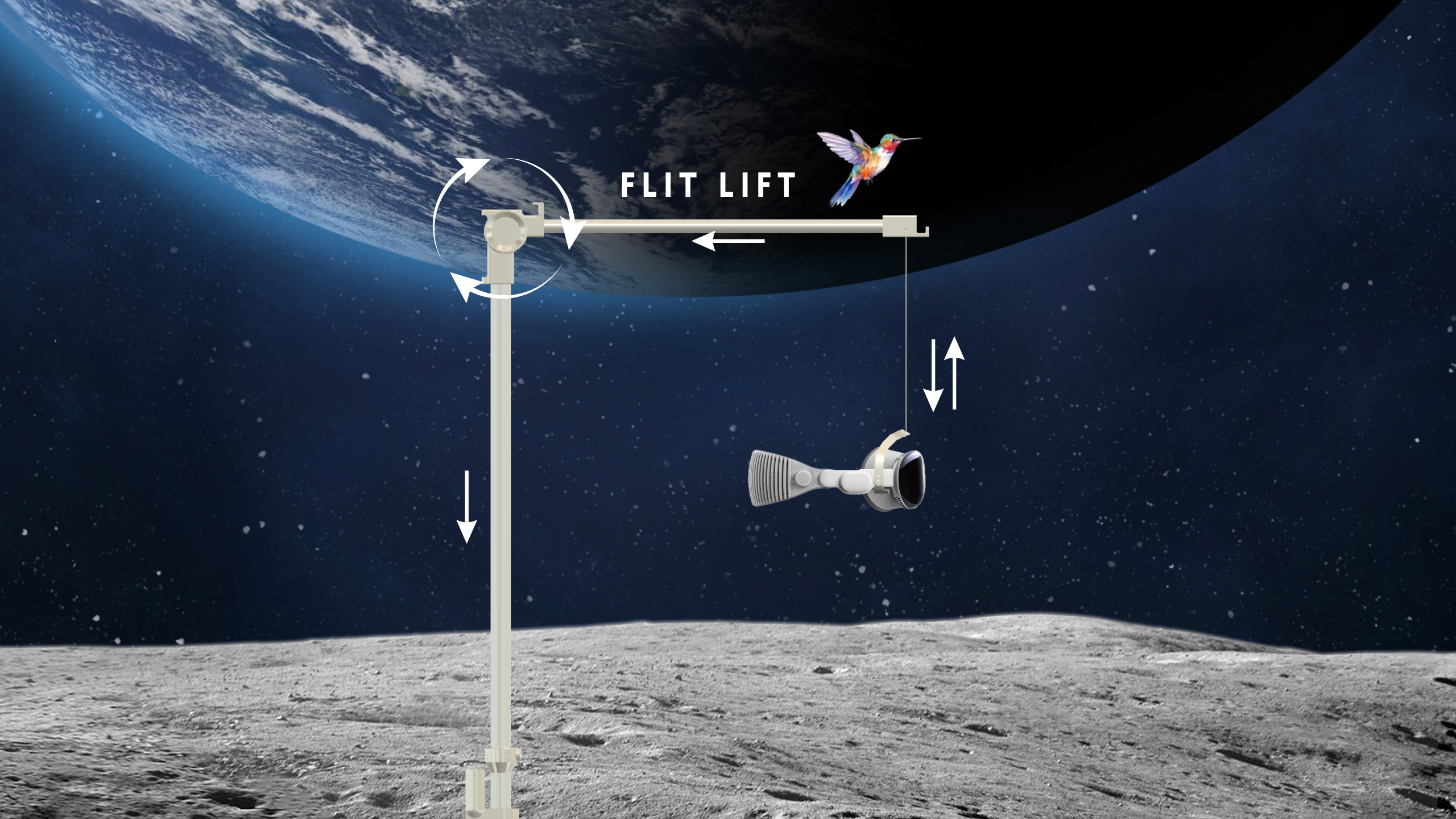
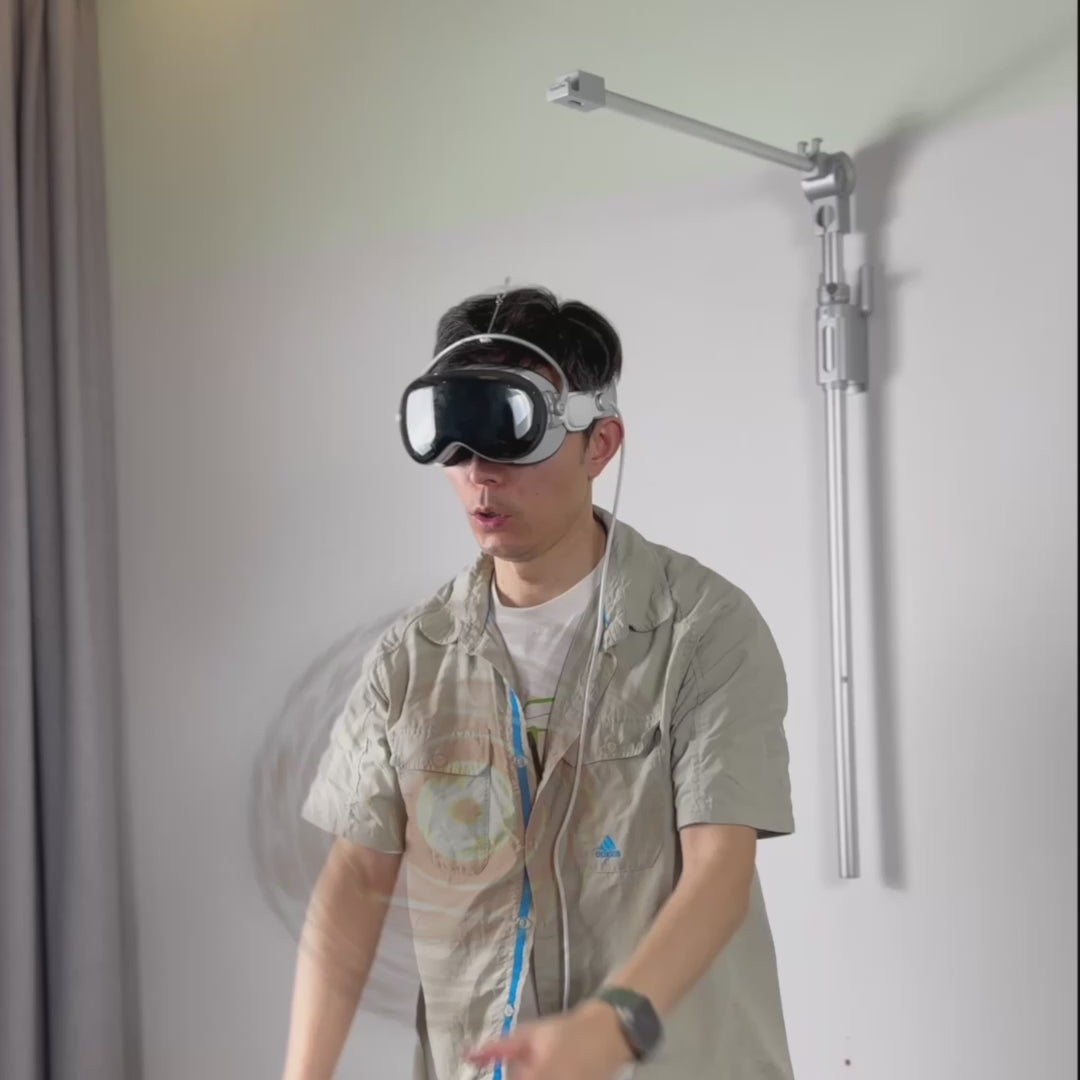
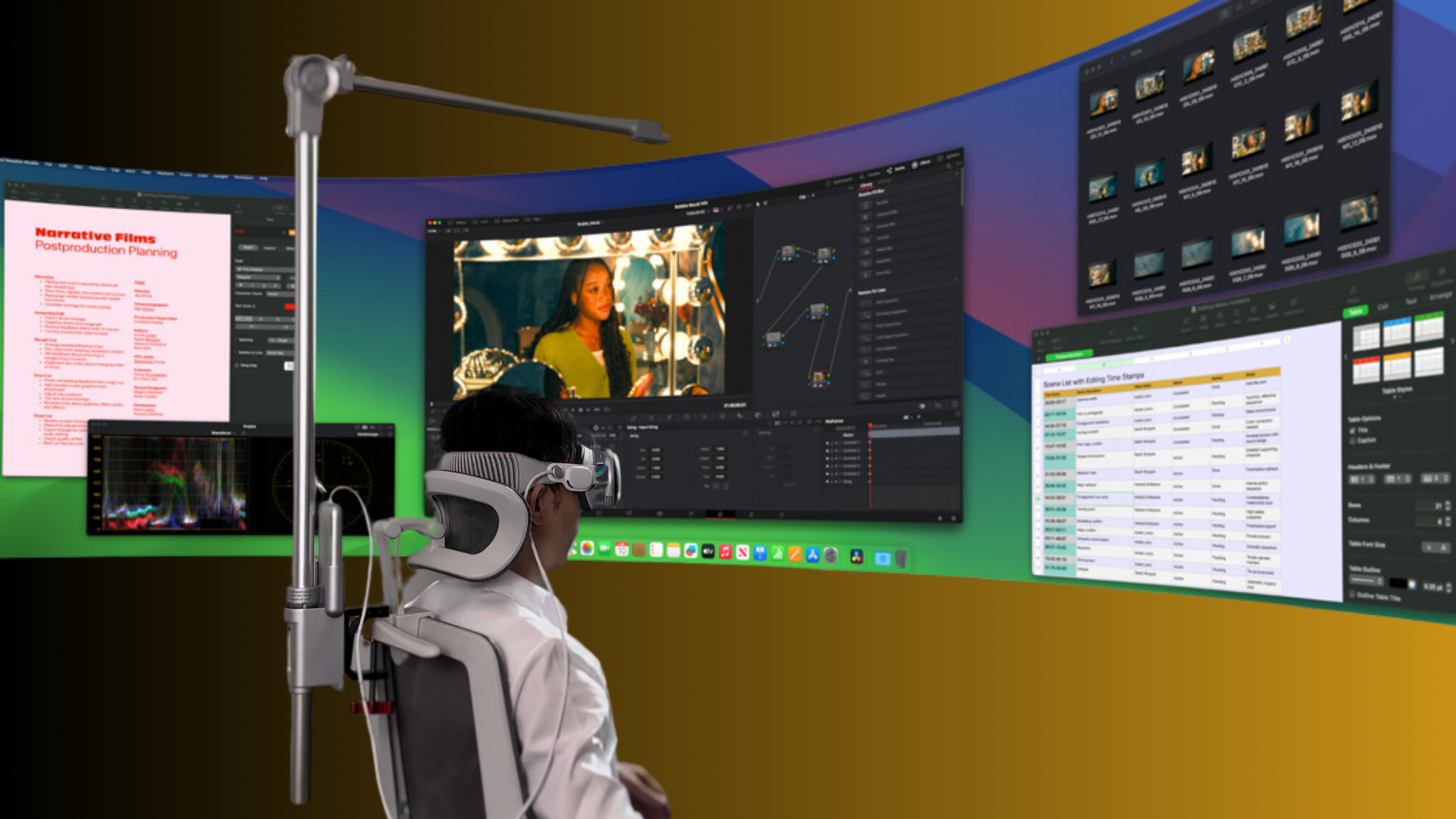
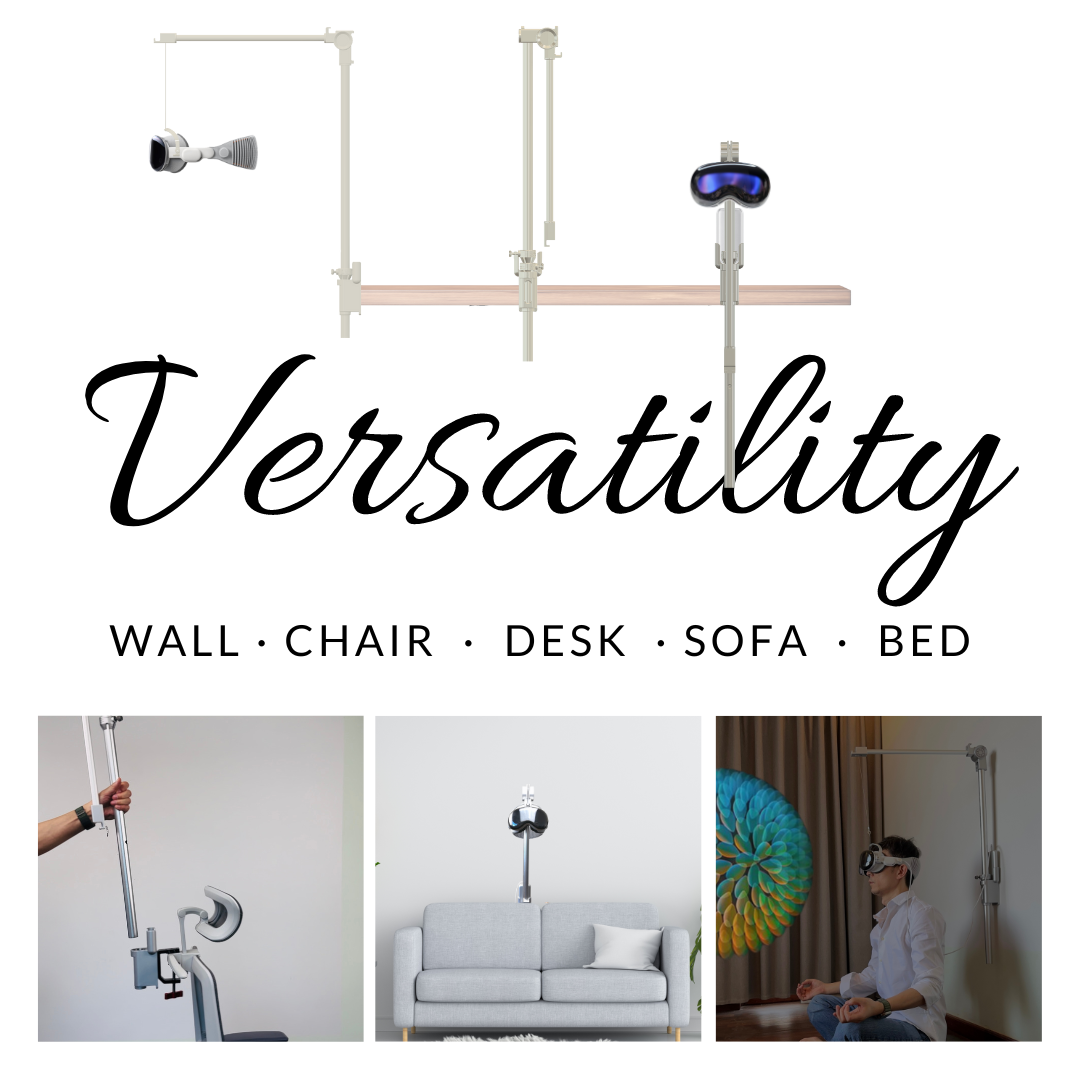
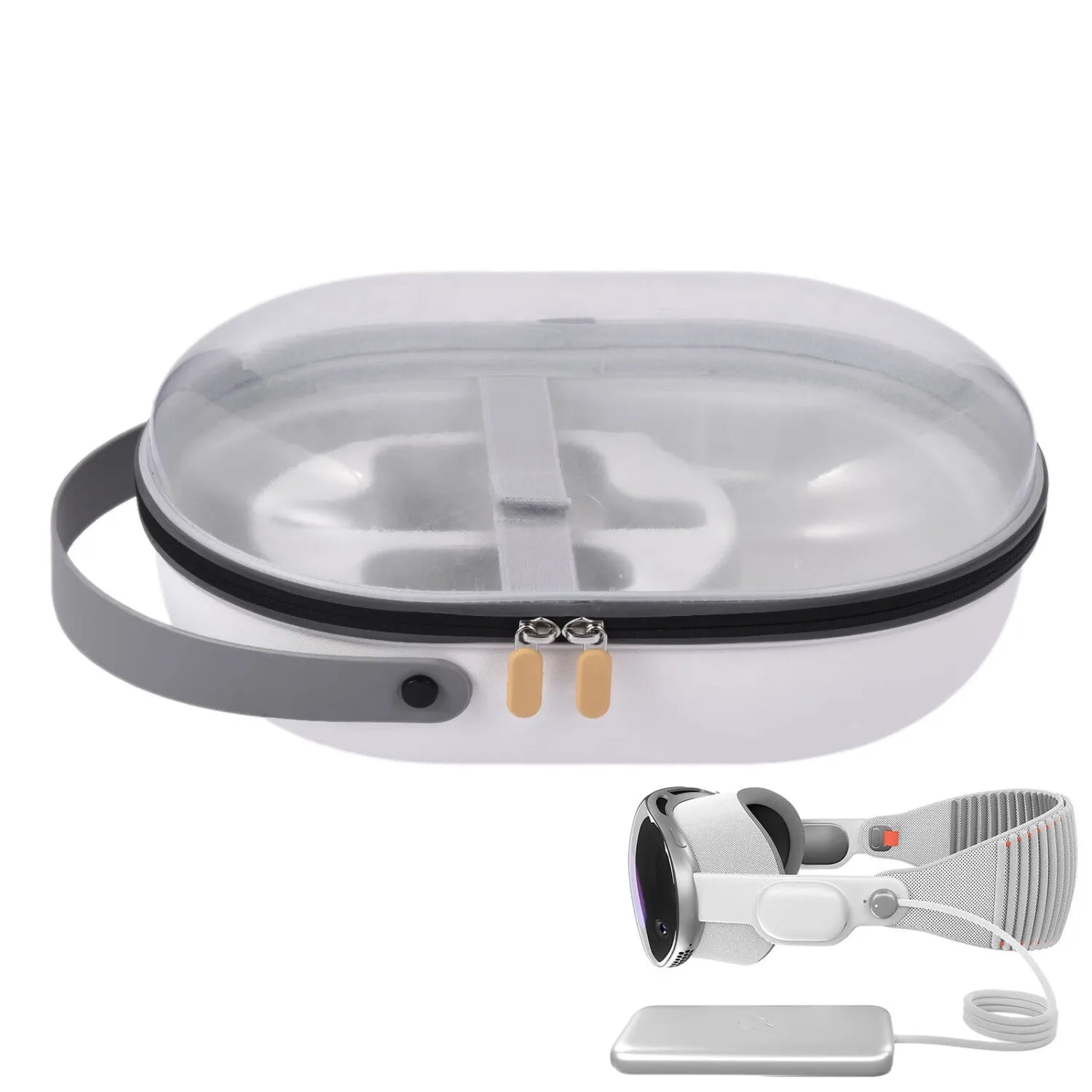
Share:
Vision Pro and the Need for Healthy Work Environments in Tech Development
Managing Developer Stress: Insights from Vision Pro’s Development Challenges